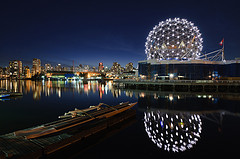Logan Steffens 148 words
lts6@geneseo.edu
INTD 105
The Trouble With Wilderness
In “The trouble with Wilderness” by William Cronon he says that we must preserve the environment. The wilderness we know of today is not real wilderness; it is merely an escape from everyday life. We have lost most if not all connection we once had with the environment. We are an urbanized society and Cronon suggests that we keep that in mind and not to pretend that our home is the wilderness when our home is the civilization we have built. Instead of having to go out to the “wilderness” to appreciate nature we can look within our own cities. Everything there is part of nature from the birds perched on windowsills to the rocks on the ground. The rock outside Suffolk hall exemplifies nature similar to everything around us and shows us that we do not need to leave our homes to see the nature around us.
